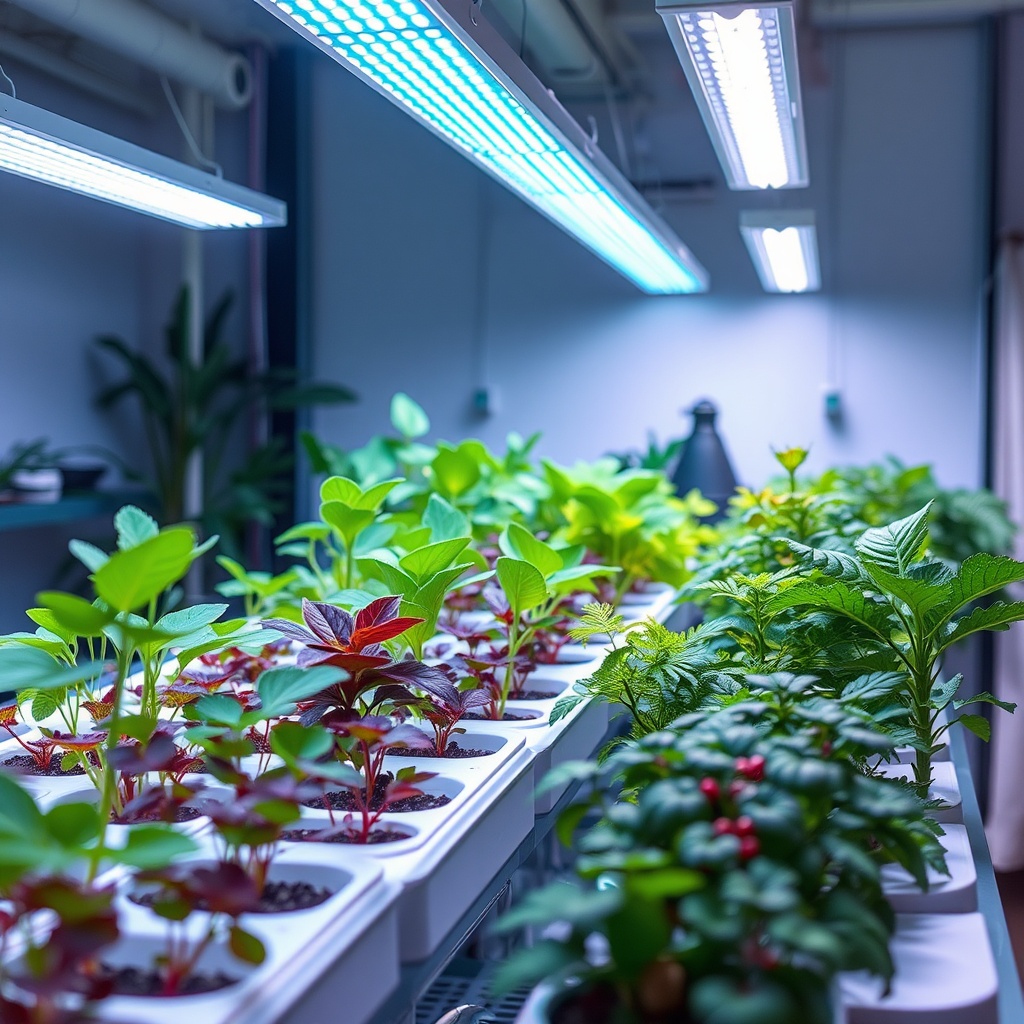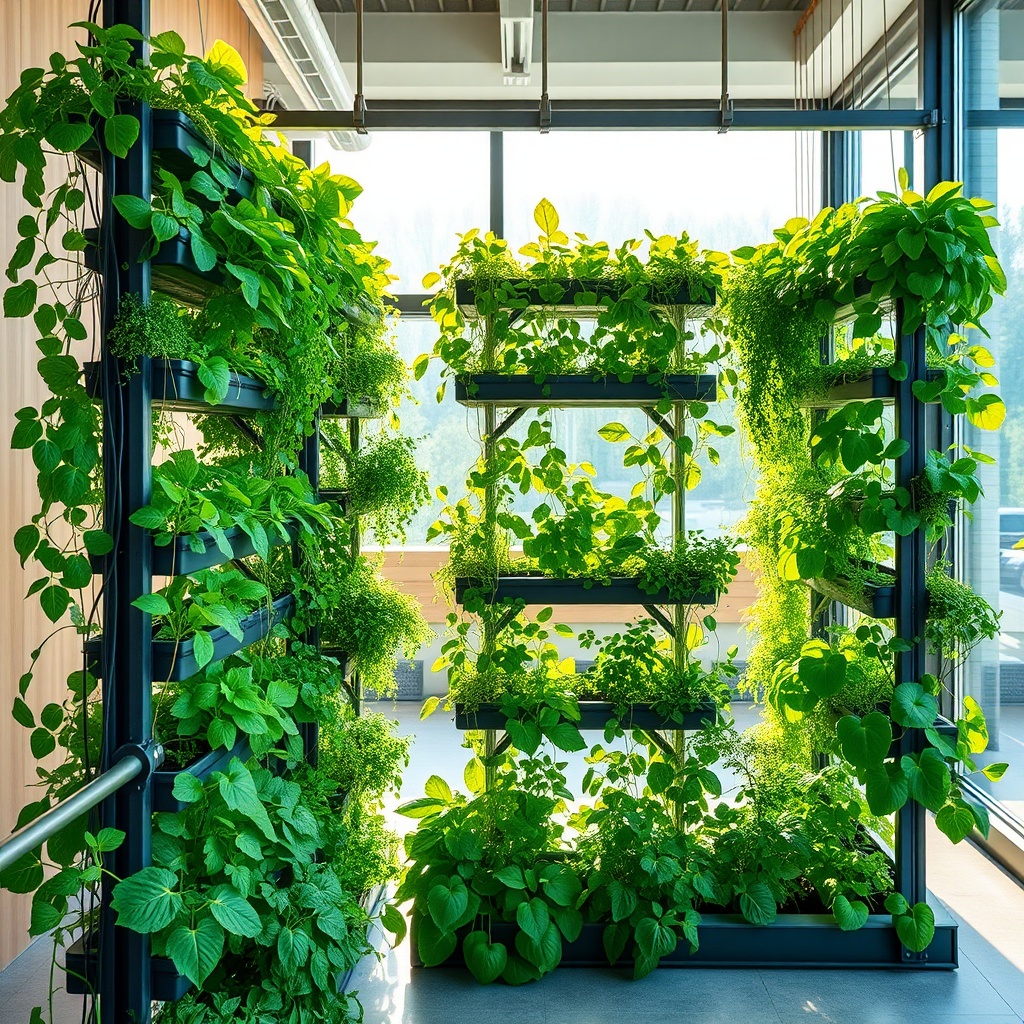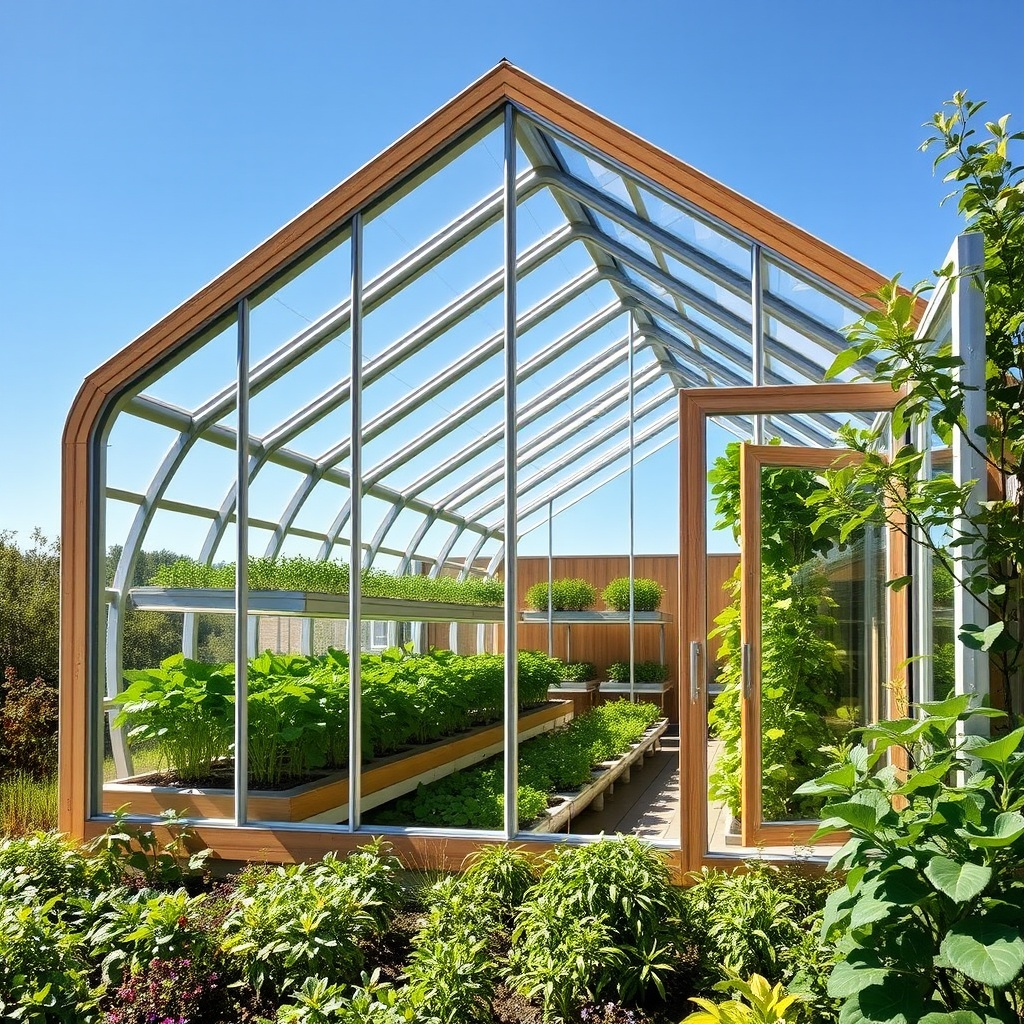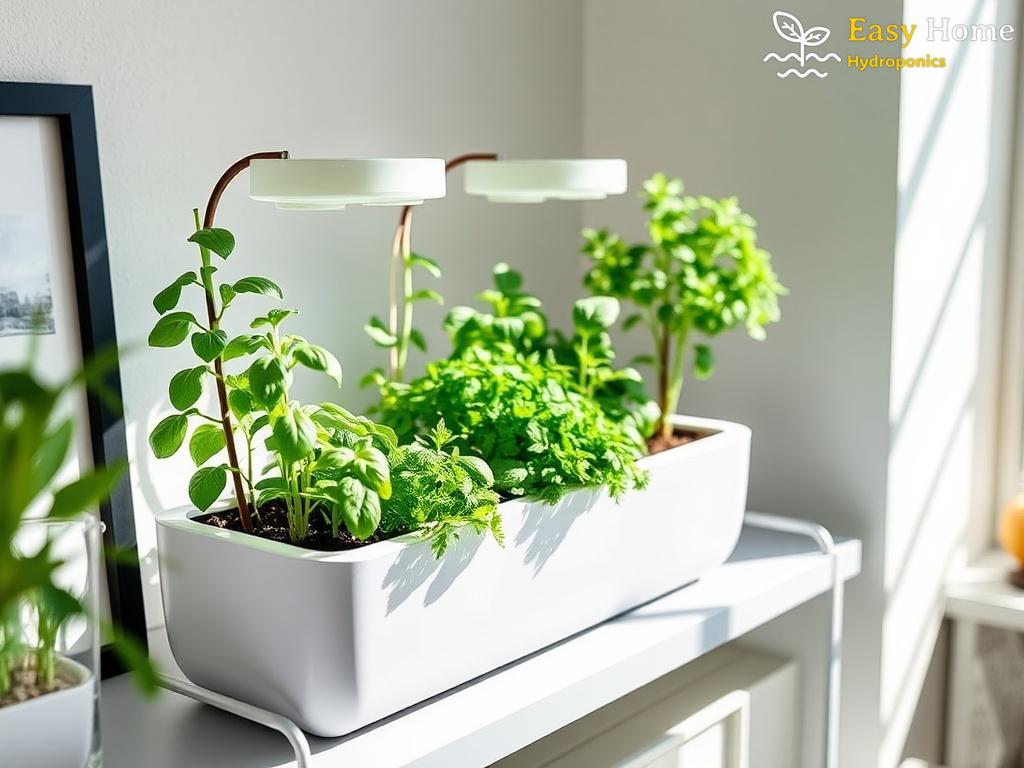In the quest for sustainable agriculture, hydroponics has emerged as a beacon of innovation and efficiency. However, the success of these soil-less systems greatly depends on the quality and efficiency of the lighting used. As we strive to grow food in a more environmentally friendly manner, it is crucial to explore energy-efficient lighting options that not only reduce costs but also enhance plant growth. This article dives into the various lighting solutions that can help cultivate a greener future.
Illuminating Choices: The Spectrum of Lighting Technologies

The world of hydroponics lighting is rich with diverse technologies, each offering unique benefits and applications. Understanding these options can empower growers to make informed decisions that align with their sustainability goals. From traditional fluorescents to cutting-edge LEDs, the choices are extensive. Below is a comparison of popular lighting technologies:
- Fluorescent Lights: Affordable and widely used, they are suitable for seedlings and leafy greens. However, they are less energy-efficient compared to newer technologies.
- High-Intensity Discharge (HID) Lights: Including Metal Halide (MH) and High-Pressure Sodium (HPS), these lights provide strong output but consume a significant amount of energy and generate heat.
- Light Emitting Diodes (LEDs): The champions of energy efficiency, LEDs offer customizable spectrums, long lifespan, and low heat emissions, making them ideal for all growth stages.
The Future is Bright: Advantages of LED Technology
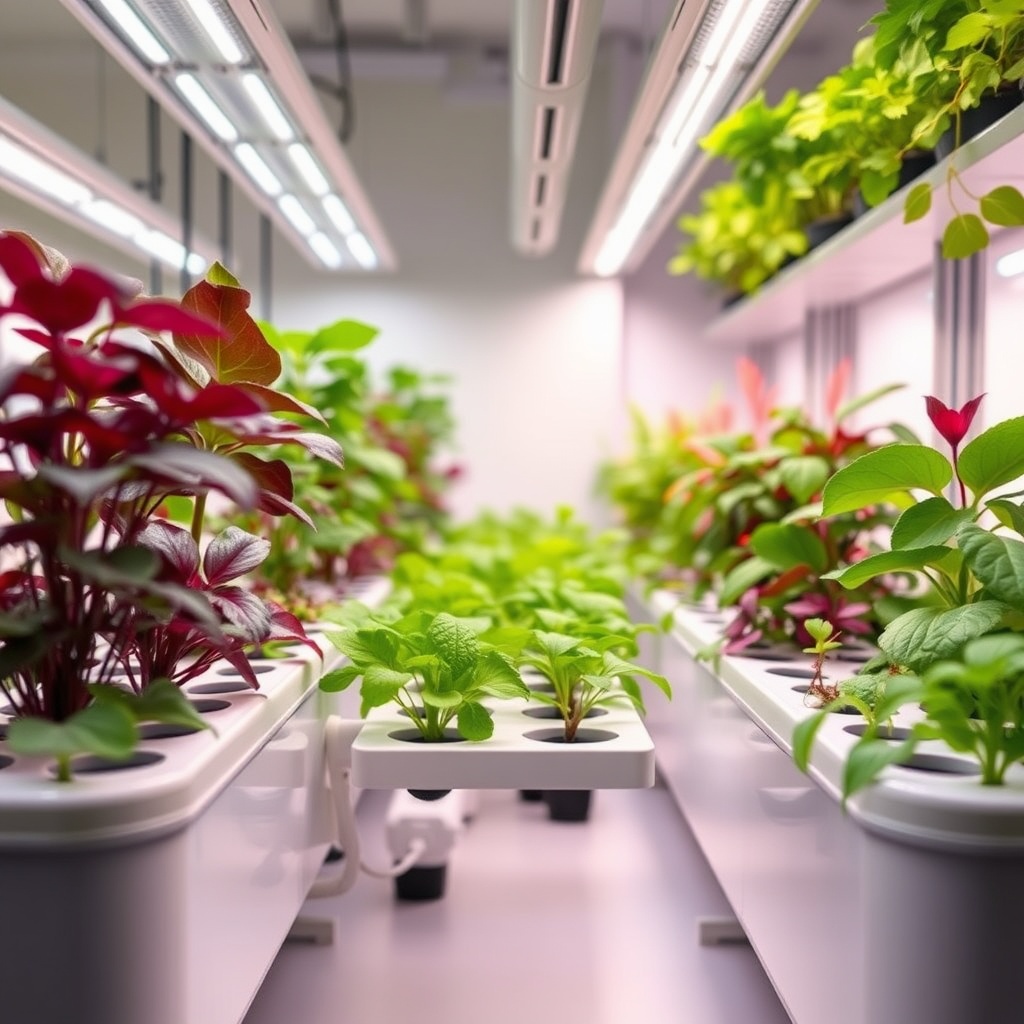
With a growing emphasis on sustainability, LED lighting technology has captured the attention of hydroponic enthusiasts and commercial growers alike. Not only do LEDs consume up to 80% less energy than traditional lighting sources, but they also produce minimal heat, reducing the need for additional cooling systems. This dual benefit directly translates into lower operational costs and a smaller carbon footprint.
Furthermore, the ability to customize the light spectrum allows growers to fine-tune their lighting conditions to meet the specific needs of each plant species, enhancing growth rates and yields. This dynamic capability positions LEDs as a transformative force in hydroponic farming.
Lighting the Way: Practical Tips for Implementation
As you embark on your hydroponic journey, consider these practical tips for maximizing the benefits of energy-efficient lighting:
- Evaluate your space and choose the right type of lighting based on the crops you plan to grow.
- Invest in timers and sensors to automate light cycles and optimize energy use.
- Monitor plant responses to different lighting spectrums to discover what works best for your specific setup.
In conclusion, the choice of lighting in hydroponics is not just a matter of illumination but a significant factor in achieving sustainability and efficiency. By embracing energy-efficient lighting options, growers can not only enhance plant health and productivity but also contribute to a greener planet.

